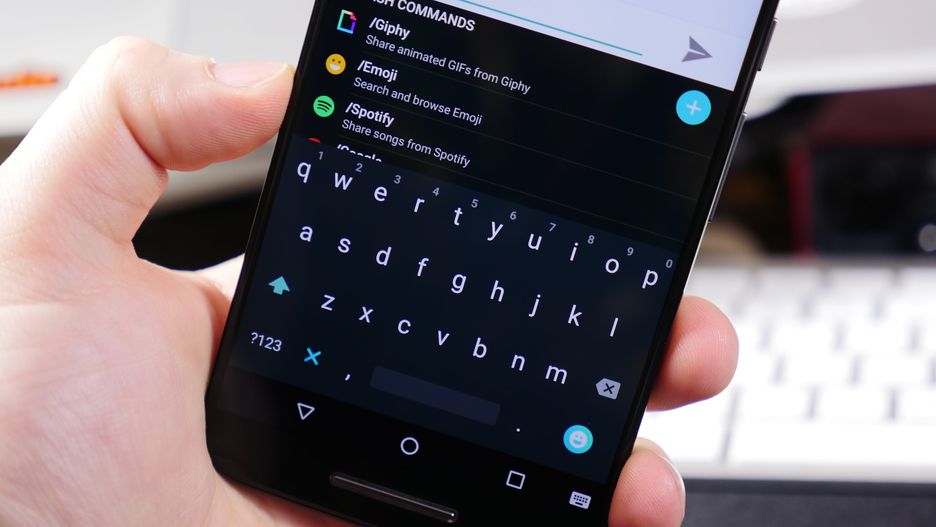

Let’s break them down…įirst, the input string is the actual alphanumeric key that must be pressed in order to trigger your shortcut.

That takes four parameters in total: the input string to read, modifier flags, a selector, and a discoverability title. command, action: #selector(findFriends), discoverabilityTitle: "Find Friends") The basic use of UIKe圜ommand is this: let search = UIKe圜ommand(input: "f", modifierFlags. You attach an array of these to each view controller that should respond to keyboard shortcuts, and iOS will take care of advertising and responding to them. If you want your own apps to respond to shortcuts, as well as advertise those shortcuts to users, you need just one class: UIKe圜ommand.

How to use UIKe圜ommand to add keyboard shortcutsĪnyone who connects a keyboard to their iOS device is immediately able to take advantage of keyboard shortcuts – both at the system level and inside apps.


 0 kommentar(er)
0 kommentar(er)
